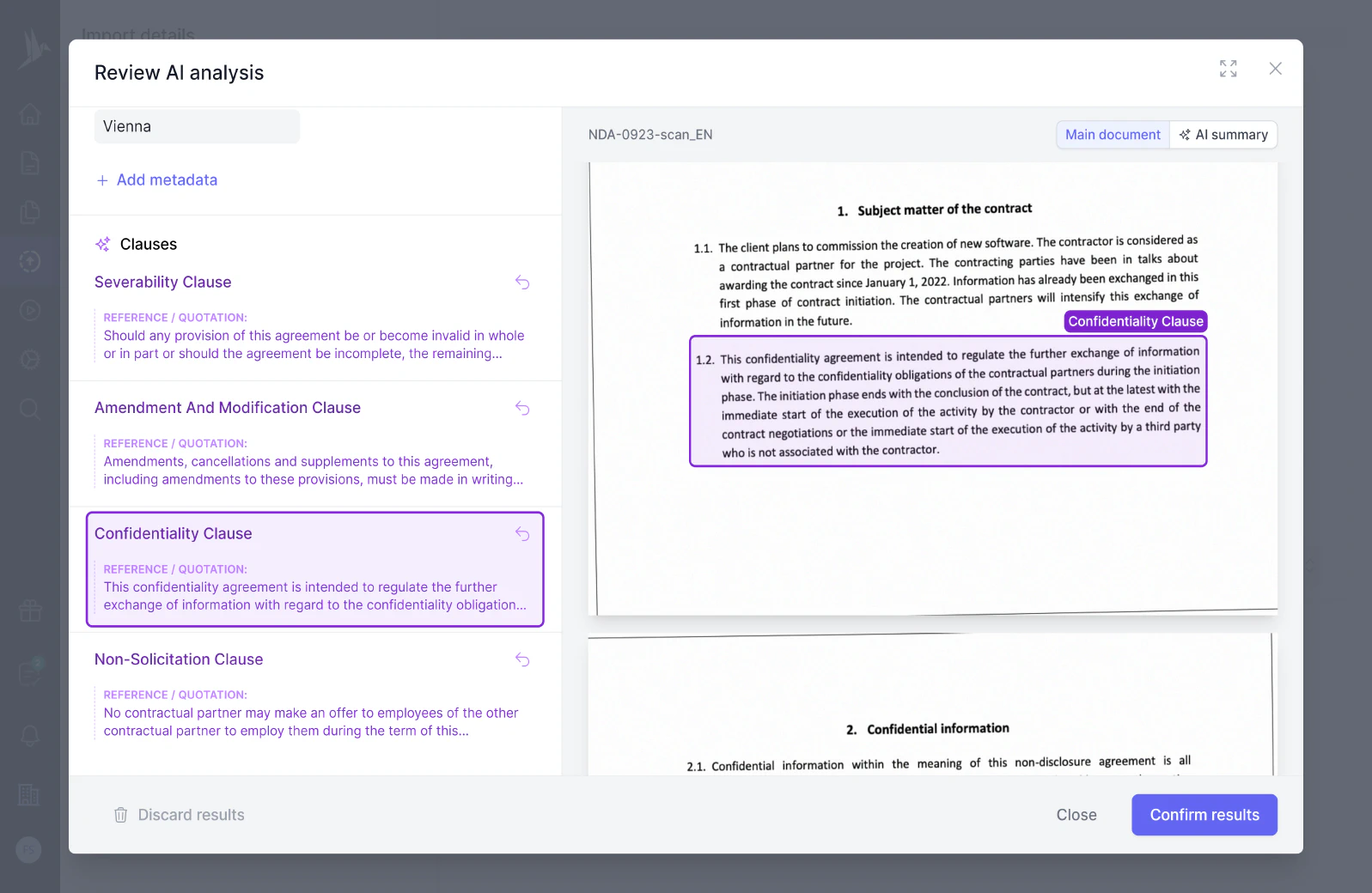
Financial Lease Agreement Template
A detailed financial lease agreement template that sets out loan terms, repayment schedules, security interests, and obligations of both lender and client.
A lien waiver is a legal document that, once signed, relinquishes a party's right to file a lien against a property for unpaid work or materials. It serves to protect property owners from potential claims and disputes related to construction or renovation projects.
The Vendor’s Lien Waiver dated as of October 1, 2014, by and among Bryan Die Cast Products, Inc., an Indiana corporation, the Borrower and Branch, Banking and Trust Company.
Lien Waivers. Upon Buyer’s request, Crown shall provide to Buyer (i) an executed conditional waiver of liens in the form attached as Appendix F-1 to this Purchase Order, which will waive any liens with respect to the invoiced amount for the Units after such invoice (including any late fees and Transaction Taxes) has been paid in full by Buyer and (ii) an executed unconditional waiver of liens in the form attached as Appendix F-2 to this Purchase Order, which shall waive all liens with respect to the Units once all invoices for such Units have been paid in full and payment has been received by Crown.
Provided, however, Landlord may withhold the final draw until such time as Landlord has received final, unconditional lien waiver(s) from all such contractor(s) (each, an “Unconditional Lien Waiver”).
WHEREAS, the Borrower has notified the Administrative Agent of Liens on certain Properties of the Loan Parties as of the date hereof, and such Liens would cause an Event of Default arising under Section 10.01(d) of the Credit Agreement as a result of the failure by the Borrower to observe Section 9.03 of the Credit Agreement (the “Lien Covenant”) in connection with such Liens (the “Lien Covenant Event of Default”), and the Borrower has requested that the Lenders (i) waive the Lien Covenant Event of Default and (ii) notwithstanding the Lien Covenant, consent to the existence of certain other Liens imposed by law of the type that would be permitted under clause (c) of the definition of “Excepted Liens” in the Credit Agreement but for certain actions taken, or being taken, by the Loan Parties, in each case until April 14, 2020 (collectively, the “Lien Waiver and Consent Request”).
A Lien Waiver is a legal document used in the construction industry which provides evidence that a contractor, subcontractor, or supplier has received payment and thereby waives any future lien rights to the property in question. It essentially protects the property owner from having a lien placed against the property for unpaid work or materials after the issuing party receives payment.
You should use a Lien Waiver whenever progress payments or final payments are made on a construction project. Typically, they are exchanged upon receipt of payment to ensure all parties acknowledge that they have been compensated and relinquish the right to place a lien on the property. Both property owners and contractors benefit from this practice, as it creates clear records and mitigates disputes over payment.
When writing a Lien Waiver, it’s crucial to include the following key components:
Example:
Upon receipt of $5,000, Company A hereby waives and releases any lien rights on the described property for the labor and materials provided up to October 2023, as part of the renovation project at 123 Main Street, Cityville.
Lien Waivers are typically found in contracts related to construction and real estate development, including but not limited to:
These documents are crucial to establishing a payment trail and ensuring that all entities involved acknowledge their compensation and forfeit future lien rights.
These templates contain the clause you just read about.

A detailed financial lease agreement template that sets out loan terms, repayment schedules, security interests, and obligations of both lender and client.

A customizable subcontractor agreement outlining scope, responsibilities, payment terms, scheduling, insurance, and dispute resolution.
Dive deeper into the world of clauses and learn more about these other clauses that are used in real contracts.
A "Limitations of Liability" clause specifies the extent to which a party is responsible for damages or losses in a contract, often capping the maximum liability or excluding certain types of damages like incidental or consequential damages. This clause aims to protect parties from extensive financial exposure and provides clarity on the risks involved in the contractual agreement.
A limited lifetime warranty is a guarantee provided by a manufacturer or seller that covers specific defects or issues in a product for the duration of the product's natural life. This warranty often includes certain conditions and exclusions, meaning it may cover only particular parts or types of damage and might require proof of purchase or maintenance.
A limited warranty is a contractual clause that provides a guarantee for a product or service but restricts the conditions and scope of coverage. It typically specifies what is covered, the duration of the warranty, and any actions or circumstances that may void it.
Try our AI contract analysis and extract important clauses and information from existing contracts.
< <
Fill out the form and we will get in touch with you to give you a personal, customized demo of fynk.
Greetings!
I'm Markus, co-founder of fynk. After you've submitted the form, I'll swiftly get in touch with you.
Also, right after you submit your details, you can pick a time that works best for you for our meeting.

